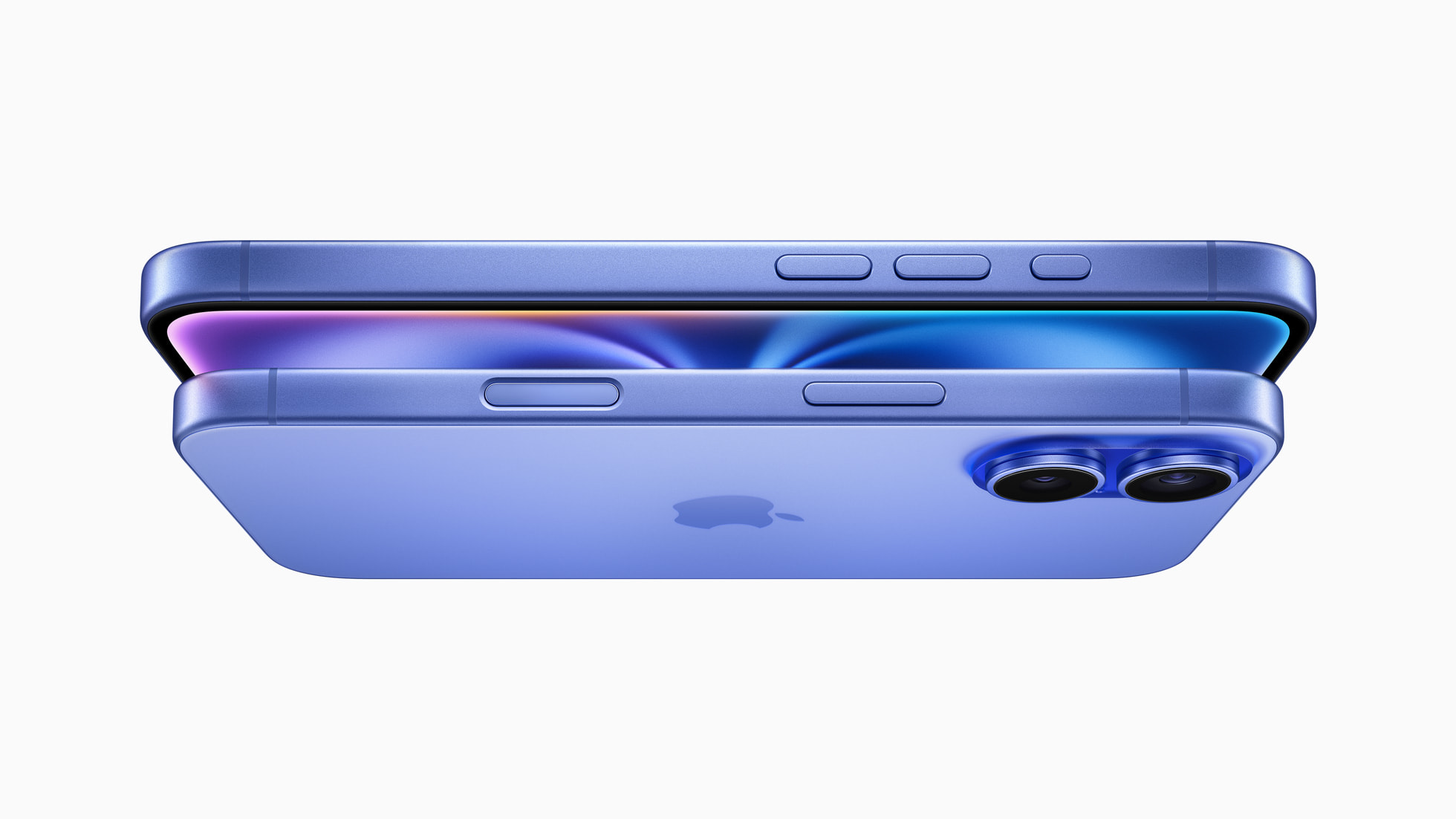5 features that prove the iPhone 16 is a sweeter deal than the iPhone 16 Pro
Finally, a non-pro iPhone that doesn't feel totally iterative

If you've felt a rising pressure to buy 'pro' tier phones, you're not alone.
Increasingly, phone makers — Apple included — have prioritized their premium models, adding all the latest and greatest hardware and features that make a new generation of smartphones genuinely worth upgrading to.
That means if you want a phone that really feels different year-to-year you'll have to fork out extra money to notice a difference — or at least, that used to be the case. If the iPhone 16 is anything to go off of, non-pro phones are back in a big way.
This year, Apple took a major step in rolling back the 'pro tax' by releasing a non-pro phone that still has enough bells and whistles to justify a year-to-year upgrade and compete with the big leagues. If you're wondering exactly what makes the iPhone 16 so enticing, we've got you covered with five key regular iPhone 16 features that prove you don't have to go Pro Max to add value.
1. Buttons on a budget

It was a huge day for fans of physical buttons. While last year's iPhone 15 Pro kept the 'Action Button' — a programmable button on the side of the phone — all to itself, this year saw a redistribution of the button wealth.
Both the iPhone 16 and the iPhone 16 Pros have the Action Button and a Cameral Control button which has me particularly intrigued. According to Apple, the Camera Control button can do quite a few things — act as a shutter, zoom, and even bring up additional camera settings. All that on a single (albeit capacitive) button? Consider me impressed.
As I mentioned, Apple already set the precedent of separating physical buttons by phone tiers, so the inclusion of Camera Control on the iPhone 16 comes as a bit of a surprise. I can feel the savings already.
Sign up to receive The Snapshot, a free special dispatch from Laptop Mag, in your inbox.
2. More equity for the A18 chip

If you were starting to get used to the separation of chips between pro and non-pro devices, I also have some good news.
While the iPhone 16 Pro and Pro Max do have the A18 Pro chipset, the iPhone 16 isn't using last year's A17. Instead, Apple is loading this year's non-pro phone with the regular A18, a new chip. That move represents a departure from last year which saw the iPhone 15 sporting an A16 chipset, the same one that was on the iPhone 14 Pro instead of the iPhone 15 Pro's A17 Pro chipset.
If you're the type of person who's hung up on phone performance — maybe an avid mobile gamer — this year's more equitable chipset allocation is a major selling point.
3. A Fusion camera frenzy

Cameras always tend to be one of the most pronounced areas of have and have-nots when it comes to pro versus regular phones, but this year, both the iPhone 16 and iPhone 16 Pros will come with a new 'Fusion' sensor.
While the Fusion camera probably warrants a deep dive on its own, what you need to know is that, according to Apple, it gives users 'two optical-quality cameras in one.'
As a bonus, it's worth noting that all of the Fusion cameras across the lineup are also supported by a 48-megapixel sensor. Yet another win for non-pro iPhone 16-havers.
4. Apple Intelligence all around

If you were worried that Apple might also splinter off its recently announced Apple Intelligence suite of AI features, fret no more.
Apple — at least for now — seems to be committed to making sure that Apple Intelligence can be used across devices. Now, whether those features will flow as smoothly on the A18 versus the A18 Pro is a different story, but only time will tell on that front.
5. Same spatial photo and video capabilities

I think spatial video and photos are one of the coolest things an iPhone can do, which is why I was bummed to learn last year that only those who own the iPhone 15 Pro would be able to record videos in semi-immersive 3D.
This year, however, every phone across the iPhone 16 lineup will enjoy the privilege of being able to look at and watch spatial photos and videos in the Vision Pro. That is if you actually had the funds to buy one of Apple's $3,500 'spatial computers' in the first place.
Either way, the thought is nice, and if the Vision Pro finally comes down in price you might be smitten to know that you can watch your daughter's piano recital in glorious 3D.

James is Senior News Editor for Laptop Mag. He previously covered technology at Inverse and Input. He's written about everything from AI, to phones, and electric mobility and likes to make unlistenable rock music with GarageBand in his downtime. Outside of work, you can find him roving New York City on a never-ending quest to find the cheapest dive bar.
